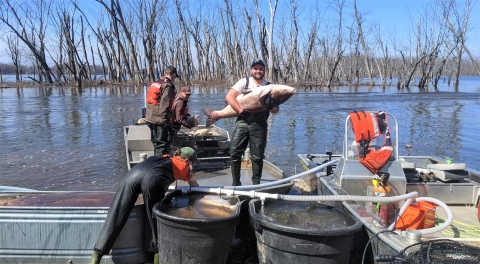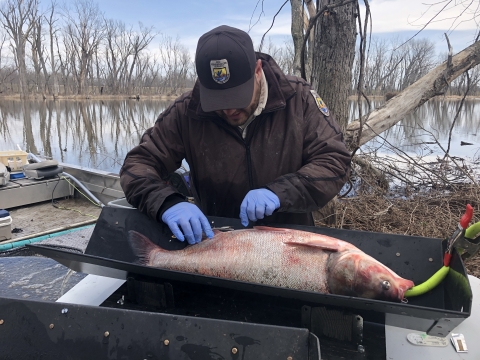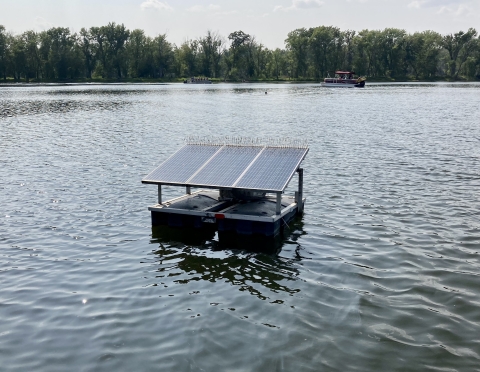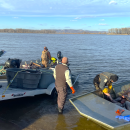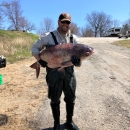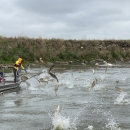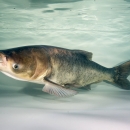States
Illinois, Iowa, Minnesota, Missouri, WisconsinEcosystem
River/streamUnderstanding seasonal movements and habitat preferences of invasive species invasive species
An invasive species is any plant or animal that has spread or been introduced into a new area where they are, or could, cause harm to the environment, economy, or human, animal, or plant health. Their unwelcome presence can destroy ecosystems and cost millions of dollars.
Learn more about invasive species is one key to controlling them. If you want to control an invasive species, you must know where they are. To control them efficiently, you need data on their hotspots, where they live during different times of the year, and when they are most active during the day. Acoustic telemetry is one way that biologists are studying the movements of invasive silver and bighead carp in the Upper Mississippi River from Pools 5 to 20. This is part of a larger multi-agency array that extends from Minnesota to Missouri and includes portions of the Illinois and Ohio Rivers.
Objective for acoustic telemetry use in the Mississippi River:
Understand the timing and reasons why invasive fish enter or leave areas to maximize removal of fishes by contracted fishers.
How does telemetry work
1. Catch the fish
The first step is always to catch a fish so that you can track it. Although this may seem like an easy feat, bighead and silver carp are notoriously hard to catch due to their exceptional adaptability to riverine environments. Methods include capturing carp using nets or electrofishing.
2. Implant the transmitter
Once the fish is caught, crews will administer anesthesia before beginning surgery to internally implant the transmitter. Afterwards the surgical site is closed with sutures.
3. Data is collected from receivers
Receivers are placed all along the Mississippi River. As a carp with an implanted transmitter passes a receiver, data is instantly collected and stored on the time, date, and tag number. Due to the dynamic nature of rivers, these receivers may be placed in different spots or look different to accommodate different river conditions.
4. Data are analyzed
It’s one thing to have data and it’s another to make sense of them. Statistical analysis is run on collected data to visualize any trends ensuring that management decisions are made based on the best scientific evidence available.
5. Use data to inform management decisions
Data collected from telemetry is used to make decisions about how to control carp in the Mississippi River. It can inform managers of carp hotspots, times of the year when they congregate, and what time of day they are most active. All these data can be used by fishers to more efficiently and effectively remove invasive carp. This data also informs managers of carp movement between pools and the advising of the placement of potential invasive carp deterrents.
How can you help?
Receivers can only do their job if they are in the water. If you happen to find a receiver, make sure you put it back where you found it in the water. Take a look at the pictures below which shows tags used to identify telemetry equipment and a telemetry receivers. If you find something in the river with this tag or that looks like this, please do not remove.


